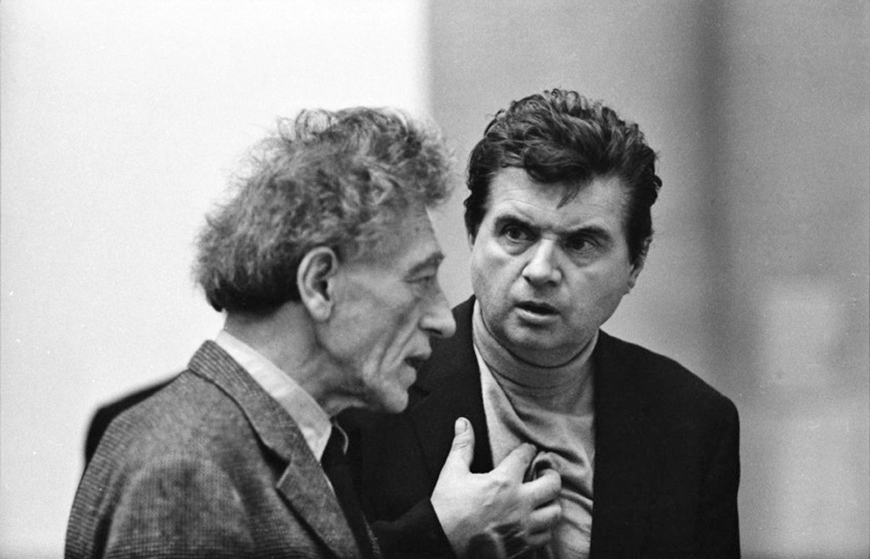
1901 - 1966
Alberto Giacometti
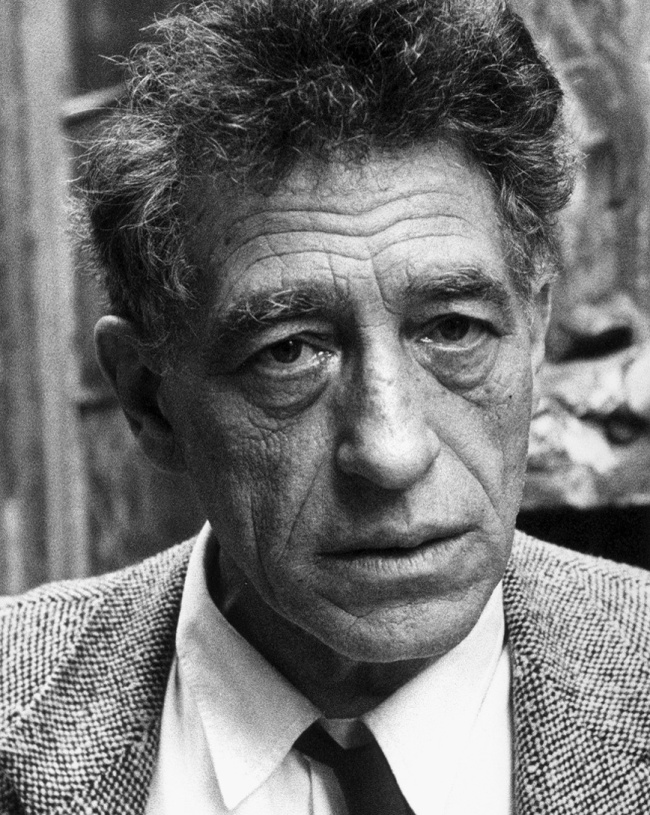
description
A Swiss sculptor, painter and graphic artist, one of the largest sculptors of the 20th century, a vivid representative of the avant-garde.
Giacometti, who studied the art of painting and sculpture in Geneva and Paris, experimented with cubism and futurism, was interested in primitive sculpture technique. For some time, he worked with a surreal French group and created strange objects testifying to cruelty, interest in eroticism and at the same time the author’s dreaminess and humanism.
After he suddenly departed from Surrealism, Giacometti again created more figurative and vital works. The mature master created his most famous works – a series of elongated and fragile figures, similar to skeletons and made not by carving but by modelling in clay or plaster without thorough study and smoothing of the surface of sculptures and figurines. These works are extremely highly valued in the art market, and viewers are always incredibly interested in them.
Giacometti wrote articles for catalogues of many exhibitions and periodicals, outlining extraordinary thoughts, and also kept diaries where he introduced memoirs, observations and explanations to his works. They are an important document of the avant-garde era in art and culture.
The most highly regarded (literally and figuratively) outstanding classic of world sculpture was so extraordinary that he did not have direct followers, but influenced the entire world of fine art. He was the idol of Salvador Dali, Henry Moore and other famous artists.
Key ideas:
– Although Giacometti created his earliest works in a realistic manner, in Paris, he immediately joined Cubists. He also became interested in studying the authentic art of Africa, ancient America and Oceania.
– The artist who had a good sense of harmony began to combine the elements of cubism with the archaic plastic of different countries, adding dream fantasy, sometimes aggressive and with a touch of eroticism.
– By 1935, he abandoned surrealism and delved into the analysis of figurative compositions. Giacometti, who wrote articles for catalogues and periodicals, also wrote his thoughts and memories in notebooks, which are full of self-criticism and doubts about the correctness of his ideas and their implementations. However, these same features acted as a powerful motivational force.
– During the Second World War, Giacometti, who lived in Geneva, came to a different, more humanistic manner in his sculptures. This also applied to painting and graphics.
– In the following Paris years, many masters, including Sartre, noted him as a significant and even outstanding artist-existentialist. His sophisticated figures seemed lonely in an immeasurably vast space and generally expressed a sense of isolation, so characteristic of the avant-garde.
– The mature Giacometti in sculpture was concerned about the problem of the ratio of volume and mass, the riddle of a living figure, not only human; working on drawings and paintings, he thought of the problems of spatial depth and the mystery of the human face.
– The main feature of the master’s technique is immediately visible – it is in apparent incompleteness. Giacometti believed that “finished (complete) works of art do not exist”. Probably, according to him, such an approach symbolized the imperfection of the world, the inescapable desire of a man to seek harmony.
1901
1919
1920
1922
1927
1932
1934
1946
1948
1962
1965
1966
The birth of the artist
Studied painting at the Geneva School of Fine Arts

Traveled around Italy
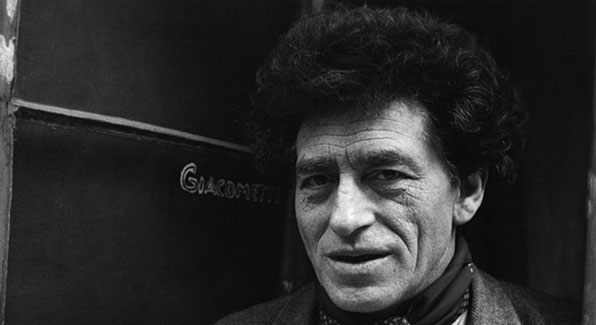
He lived and worked in Paris

The artist's works were presented at the official Paris Tuileries Salon

The first solo exhibition
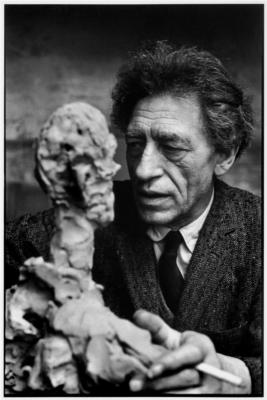
The first American solo exhibition
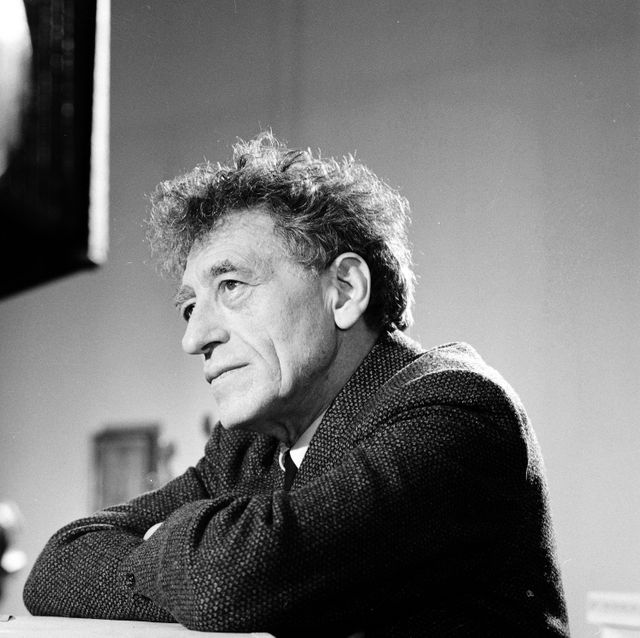
Returned to Paris, married Annette Arm
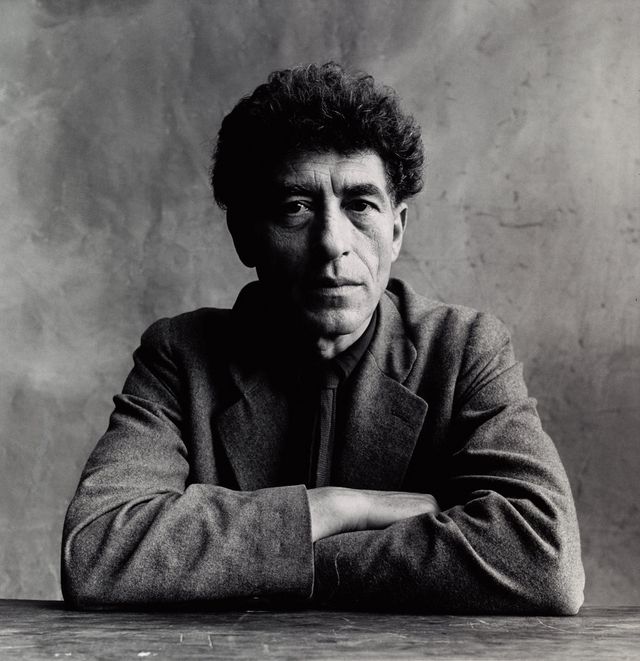
Giacometti created many "thin" lonely sculptures and groups
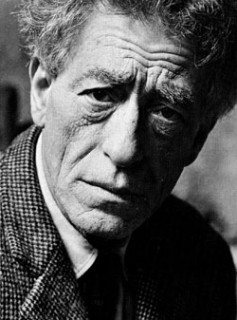
Got the Grand Prix for one sculpture at the Venice Biennale

The triumphal procession of Giacometti took place at the main exhibition venues in the world
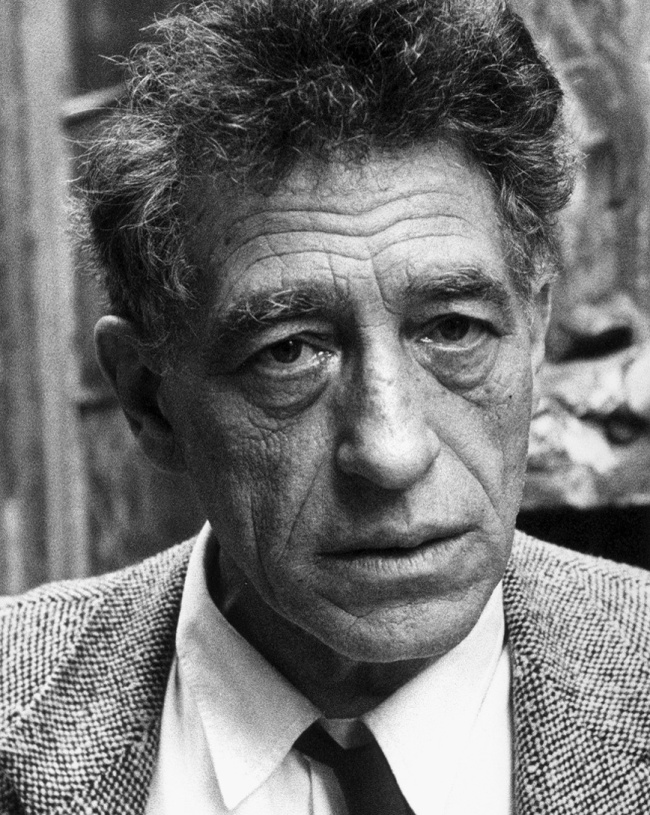
The death of the artist
Alberto Giacometti died on January 11, 1966 in Chur, Switzerland.
Alberto Giacometti
On Artist
flow
Expressionism
Abstractionism
Cubism
Futurism
Surrealism
friends
Jean Miro
Max Ernst
artists
Emil Antoine Bourdelle
Alexander Arkhipenko
Balthus
Konstantin Brancusi
Hans Arp
By Artist
flow
Expressionism
Surrealism
Abstract expressionism
friends
Andre Breton
Pablo Picasso
artists
Salvador Dali
Henry Moore
Francis Bacon
Isamu Noguchi
Leland Bell

